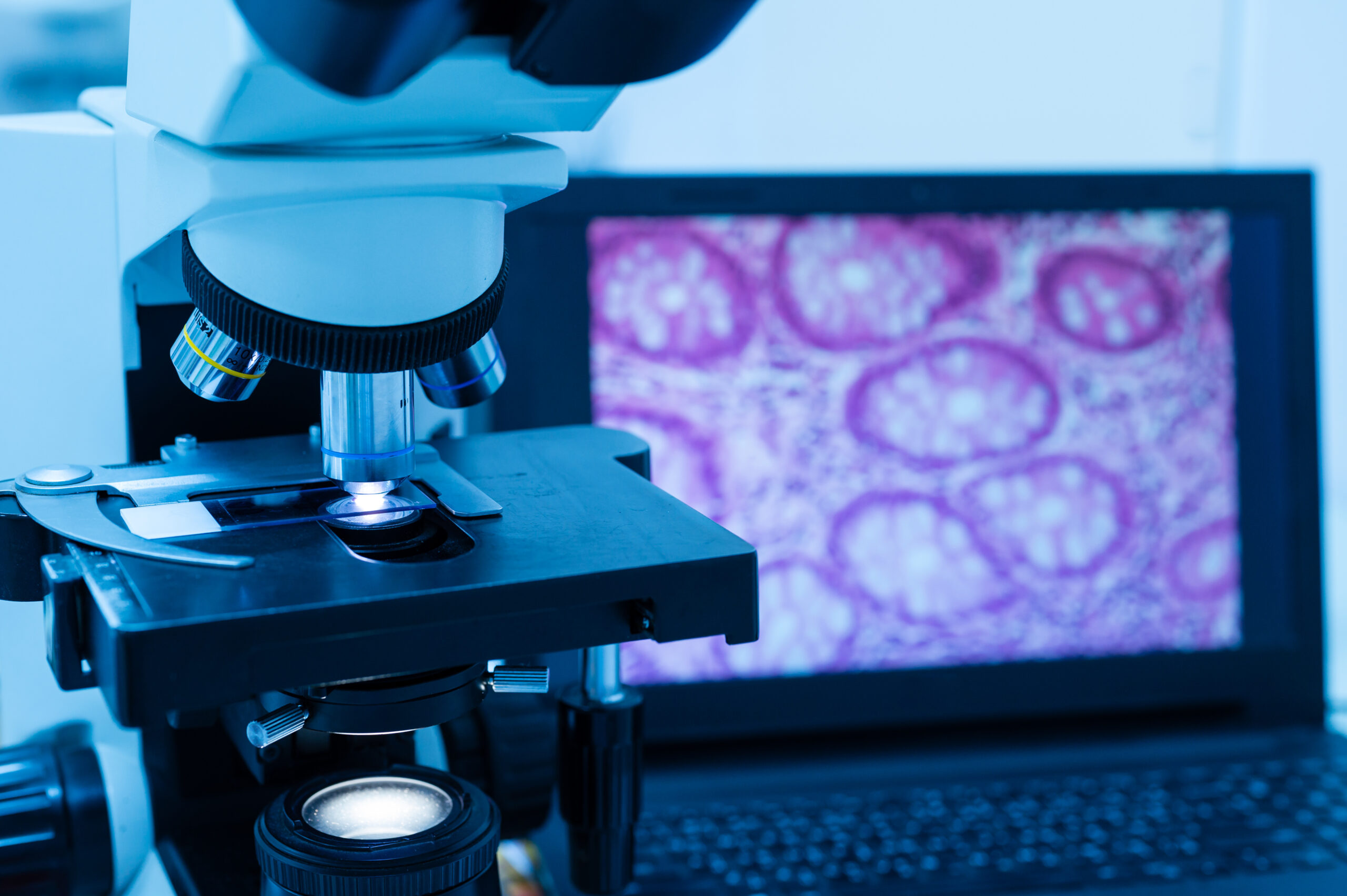Turning Discoveries Into Treatments
One of the most exciting parts of being a cancer researcher is watching an idea that began in a lab eventually help a patient in the real world. This journey — from the laboratory “bench” to the patient’s “bedside” — is what we call translational research.
It’s where science meets medicine, where theory becomes therapy, and where hope becomes healing. Translational research is not just a buzzword — it’s a critical bridge that connects basic discovery with better care. I’ve been lucky to witness and participate in this process throughout my career, especially during my time MD Anderson Cancer Center, an institution that leads the way in turning research into reality.
Today, I’d like to share a few success stories that highlight just how powerful translational cancer research can be.
Case Study #1: Targeting HER2 in Breast Cancer
Years ago, breast cancer was largely treated the same way for every patient: surgery, chemotherapy, radiation. But thanks to basic science research, we now know that breast cancer is not one disease — it’s many. One of the most important discoveries came from studying a protein called HER2 (human epidermal growth factor receptor 2).
Researchers at found that about 20% of breast cancers had too much HER2, which made the cancer grow faster and spread more aggressively. This discovery led to the development of a targeted therapy: trastuzumab (Herceptin).
Herceptin was a game changer. It specifically targets HER2-positive tumors and leaves other cells alone, reducing side effects and significantly improving survival. This therapy is now a standard treatment around the world — and it all started with basic science in the lab.
Case Study #2: Immune Checkpoint Inhibitors
For decades, researchers dreamed of using the immune system to fight cancer. The idea was simple: if your immune system can fight off viruses and bacteria, why not tumors too?
At MD Anderson Cancer Center, scientists like Dr. Jim Allison helped bring that dream to life. He discovered a molecule called CTLA-4, which acts like a brake on immune cells. By developing a drug that blocks CTLA-4, researchers were able to “release the brake” and let immune cells attack tumors.
This led to the creation of immune checkpoint inhibitors, a revolutionary class of drugs now used to treat melanoma, lung cancer, kidney cancer, and more. What’s incredible is that some patients who were once given just months to live are now surviving for years — and in some cases, being cured.
Case Study #3: Liquid Biopsies for Early Detection
Another exciting breakthrough has been in the development of liquid biopsies — blood tests that can detect cancer-related DNA fragments before a tumor even shows symptoms.
At institutions like UCLA and China Medical University, researchers are working on these non-invasive tools to help with early detection, treatment monitoring, and even relapse prediction.
Imagine catching pancreatic cancer at Stage I instead of Stage IV. Or being able to tell if a treatment is working just by drawing blood instead of doing an invasive biopsy. That’s the future of oncology — and it’s being built right now, in labs around the world.
What Makes Translational Research Work?
Turning lab discoveries into patient treatments is not easy. It takes years of testing, clinical trials, regulatory approval, and often cross-disciplinary teamwork between scientists, doctors, statisticians, and patients themselves.
Here are a few ingredients that make translational research successful:
- Curiosity in the lab: Great translational work starts with asking the right questions and designing strong basic science experiments.
- Collaboration across fields: Researchers and clinicians must work hand-in-hand to identify which findings are most promising and relevant to patients.
- Patient participation: Clinical trials are essential, and they depend on the bravery of patients who are willing to try new treatments.
- Long-term support: These breakthroughs don’t happen overnight. They need sustained funding, mentoring, and infrastructure.
Lessons for the Next Generation
One of the most important messages I share with my students is this: Your research matters, even if it feels far from the clinic today. A protein you study now may become tomorrow’s biomarker. A pathway you map today may lead to a new drug in ten years.
It’s a long road, but a deeply meaningful one. I was proud of what it represented. That with enough care, rigor, and collaboration, our work can reach beyond the page and into the lives of real people.
From Hope to Healing
Cancer is a complex, evolving disease. But so is our science. Every step we take — every experiment, every trial, every breakthrough — brings us closer to more effective, more personalized, and more compassionate care.
Translational research is where hope becomes healing. It reminds us that research is not just about answers — it’s about impact.
And for all of us in the field, that’s the most meaningful success of all.
